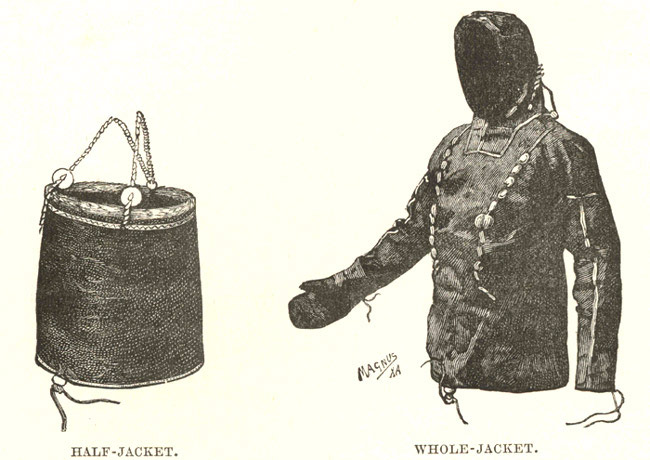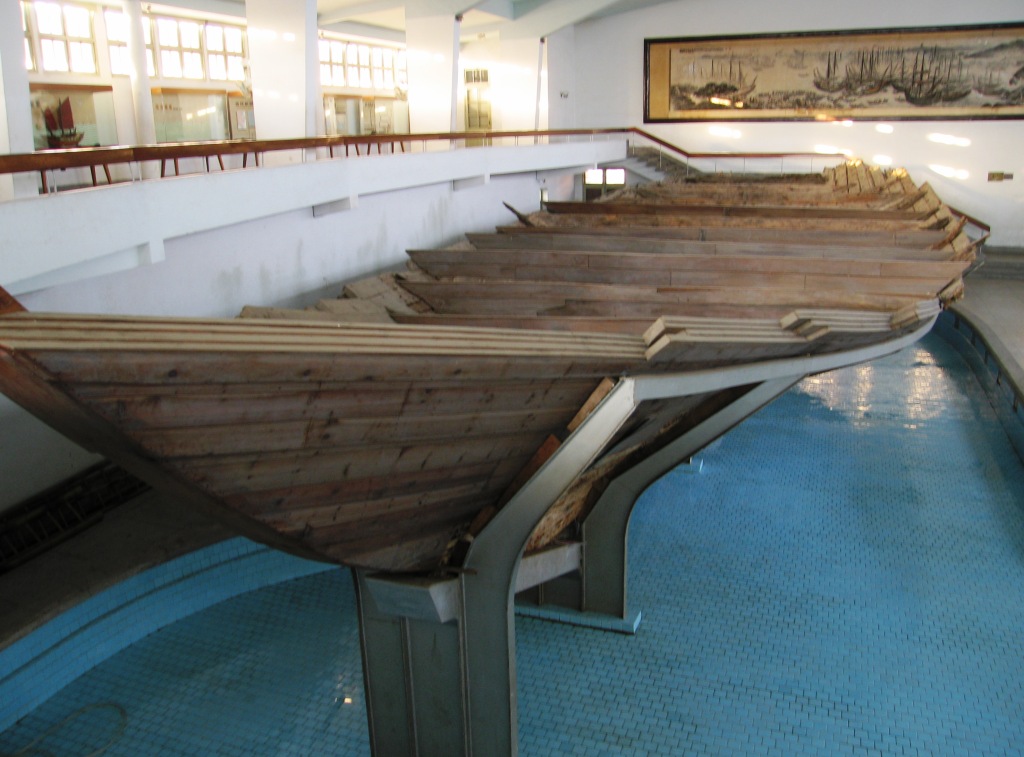|
Sea Sock
A sea sock is a piece of safety equipment used in sea kayaking. It is a large waterproof bag, fitting the lower body of a kayaker, that is placed inside the kayak and attached tightly all around the rim of the cockpit. The paddler sits inside the sea sock and fits the sprayskirt over the sea sock and cockpit coaming as usual. A sea sock is used to keep a kayak from filling up with water in case of implosion of the sprayskirt or emergency exit of the paddler from the kayak. When correctly installed only the sea sock will be filled reducing the quantity of water to be bailed out after the paddler re-entry while maintaining flotation and stability of the hull. In some situations, it is possible to empty the water in the sea sock by turning it inside out. Though it is used in kayaks of various shapes and sizes, it is almost a compulsory accessory for paddlers with high-volume kayaks that have no bulkhead (partition), bulkheads, where the quantity of water filling the kayak could be u ... [...More Info...] [...Related Items...] OR: [Wikipedia] [Google] [Baidu] |
Sea Kayak
A sea kayak or touring kayak is a kayak used for the sport of Watercraft paddling, paddling on open waters of lakes, bays, and oceans. Sea kayaks are seaworthy small boats with a covered deck and the ability to incorporate a spray deck. They trade off the manoeuvrability of whitewater kayaks for higher cruising speed, cargo capacity, ease of straight-line paddling (tracking), and comfort for long journeys. Sea kayaks are used around the world for marine (sea) journeys from a few hours to many weeks, and can accommodate one to three paddlers along with their camping gear, food, water, and other supplies. Solo sea kayaks are long, while tandem craft can be up to long; beam widths range from to . The term "sea kayaking" may have been popularised by the 1981 book ''Sea Kayaking'' by John Dowd, who said, "It wasn't called sea kayaking until my book came out; it was called kayak touring or sea canoeing or canoe touring, blue-water paddling, coastal paddling, all those things". ... [...More Info...] [...Related Items...] OR: [Wikipedia] [Google] [Baidu] |
Sprayskirt
A spraydeck (sprayskirt in N. America, akuilisaq or tuiitsoq in Greenland) is a flexible waterproof cover for a boat (in particular for a kayak or a canoe) with holes for the passengers' waists. Spraydecks are used to prevent water from entering the boat while allowing passengers to paddle or row. Spraydecks are used in breaking waves, on whitewater, in inclement weather, and in splashy sports. An alternative is the tuilik. Construction A spraydeck is made of water-tight cloth or neoprene. It is sized to fit over the opening, or cockpit, of the canoe or kayak, with holes for the waists of the passengers. The spraydeck generally seals around the rim of the cockpit and around the torso of each passenger. Each opening in a spraydeck must make a fairly watertight seal. The seal varies in quality. The deck can be made to seal in several ways, including elastic fabric, a hem containing an elastic cord and/or drawstring, and both. Boat types Kayak spraydeck Spraydecks are worn b ... [...More Info...] [...Related Items...] OR: [Wikipedia] [Google] [Baidu] |
Coaming
Coaming is any vertical surface on a ship designed to deflect or prevent entry of water. It usually consists of a raised section of deck plating around an opening, such as a cargo hatch. Coamings also provide a frame onto which to fit a hatch cover. The protective metal sheeting or plating protecting against water entry into ventilation shafts in large ships is called a coaming as it fulfills the same water-deflection purpose. The term was borrowed by the aviation industry to refer to a low rim around the opening for an unenclosed cockpit. The origin of the term is unknown. ''Coaming'' also refers to the raised structure around the cockpit of a kayak ] A kayak is a small, narrow human-powered watercraft typically propelled by means of a long, double-bladed paddle. The word ''kayak'' originates from the Inuktitut word '' qajaq'' (). In British English, the kayak is also considered to be .... References External links Code of Federal Regulations, Title 46 Watercr ... [...More Info...] [...Related Items...] OR: [Wikipedia] [Google] [Baidu] |
Kayak
] A kayak is a small, narrow human-powered watercraft typically propelled by means of a long, double-bladed paddle. The word ''kayak'' originates from the Inuktitut word '' qajaq'' (). In British English, the kayak is also considered to be a kind of canoe. There are countless different types of kayaks due to the craft being easily adaptable for different environments and purposes. The traditional kayak has an enclosed deck and one or more cockpits, each seating one occupant or kayaker, differentiating the craft from an open-deck canoe. The cockpit is sometimes covered by a spray deck that prevents unwanted entry of water from waves or splashes. Even within these confines, kayaks vary vastly in respect to materials, length, and width, with some kayaks such as the sprint kayak designed to be fast and light, and others such as the whitewater kayak designed to be sturdy and maneuverable. Some modern paddlecrafts, which still claim the title "kayak", remove integral parts of ... [...More Info...] [...Related Items...] OR: [Wikipedia] [Google] [Baidu] |
Bulkhead (partition)
A bulkhead is an upright wall within the hull (watercraft), hull of a ship, within the fuselage of an airplane, or a car. Other kinds of partition elements within a ship are deck (ship), decks and deckheads. Etymology The word ''bulki'' meant "cargo" in Old Norse. During the 15th century sailors and builders in Europe realized that walls within a vessel would prevent cargo from shifting during passage. In shipbuilding, any vertical panel was called a head. So walls installed abeam (side-to-side) in a vessel's hull were called "bulkheads". Now, the term bulkhead applies to every vertical panel aboard a ship, except for the hull itself. History Bulkheads were known to the ancient Greeks, who employed bulkheads in triremes to support the back of rams. By the Athenian trireme era (500 BC), the hull was strengthened by enclosing the bow behind the ram, forming a bulkhead compartment. Instead of using bulkheads to protect ships against rams, Greeks preferred to reinforce the hull ... [...More Info...] [...Related Items...] OR: [Wikipedia] [Google] [Baidu] |


